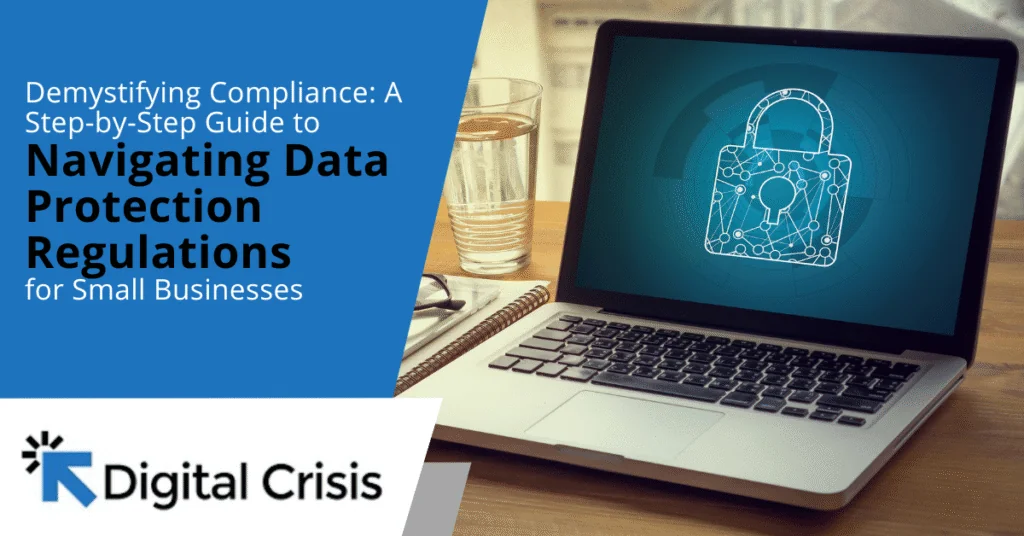Understanding Threat Exposure Management (TEM): A Comprehensive Guide

In the fast-changing digital world of today, companies confront a growing number of cybersecurity risks. As these businesses enlarge their online presence, it’s crucial to have strong security procedures in place.
One method that has become very popular lately is Threat Exposure Management (TEM). This complete plan has the goal to recognize, evaluate, and lessen possible security threats before they can be taken advantage of by harmful individuals.
What is Threat Exposure Management?
Management of Threat Exposure is an ahead-of-time method for cybersecurity. It concentrates on discovering and dealing with possible weak points through all digital systems in a company. Unlike old-fashioned security measures that mostly react to dangers after they’ve happened, the main goal of TEM is stopping violations by always watching over and managing a company’s attack surface area.
TEM covers many actions such as finding assets, analyzing vulnerabilities, prioritizing risks, and planning for remediation. If organizations apply a strong TEM approach, they can gain full knowledge of their security status and take active measures to bring down the risk levels they are exposed to overall.
Why is TEM Crucial in Today’s Cybersecurity Landscape?
In this fast-changing digital age, companies are more and more turning to cloud services, IoT devices, and complex networks for their operations. Although these technologies provide many advantages, they also increase the risk area and present new chances for cybercriminals to take advantage of weaknesses.
TEM meets this challenge by giving a full perspective of an organization’s security environment. By regularly supervising and evaluating possible dangers, TEM allows the security teams to remain in front of growing risks and organize their tasks efficiently. Even more, with cyber attacks becoming advanced and common, the usual reactive security methods are not enough now.
What TEM does is it takes a proactive approach enabling companies to find out and handle weak points before they turn into an exploitation source. This heavily cuts down chances for successful attacks.
How Does TEM Differ from Traditional Vulnerability Management?
While TEM and conventional vulnerability management have some common features, significant contrasts exist in their method and scope:
Scope
The regular way for managing vulnerabilities is usually about finding and fixing known issues in software and systems. However, TEM takes a wider look at the problem. It considers not just technical weaknesses but also wrong configurations, human aspects, and other possible ways of attack.
Continuous Monitoring
TEM gives importance to constant observation and evaluation of a company’s security condition. This continuous procedure permits the immediate recognition of fresh dangers and weaknesses, allowing quicker reaction times.
Risk Prioritization
TEM makes use of sophisticated methods to evaluate risks, placing importance on weaknesses according to their possible effects and chances of misuse. This method supports institutions in concentrating their efforts primarily on dealing with the most serious hazards.
Integration with Existing Security Tools
Often, TEM solutions blend with current security tools and methods, offering a unified platform for handling and aligning security tasks throughout the company.
What Are the Key Components of an Effective TEM Strategy?
An effective TEM strategy typically includes the following key components:
Asset Discovery and Inventory
In any TEM program, the initial action is to recognize and list all of the assets in an organization’s digital environment. This encompasses hardware, software, cloud resources, and services provided by third parties as well.
Vulnerability Assessment
After assets have been determined, the subsequent action is to evaluate them for any probable vulnerabilities. This requires using a mix of mechanized scanning instruments and manual examination methods to spot flaws in systems, applications, and configurations.
Threat Intelligence Integration
Programs of TEM regularly include intelligence feeds about threats to remain updated on the newest vulnerabilities, techniques of attack, and emerging dangers. This knowledge aids companies in prioritizing their security measures and staying proactive towards possible attacks.
Risk Prioritization
Every weakness does not present an equal threat to a company. TEM tactics use high-end risk evaluation methods to arrange vulnerabilities in order of importance, considering elements like possible effects, chances of misuse, and their significance related to the particular environment of the organization.
Remediation Planning and Execution
After identifying and ranking risks, the following action is to create and put into practice plans for remediation. This could require applying fixes, setting up systems again, or putting extra security controls in place.
Continuous Monitoring and Improvement
TEM is a continuous process that needs regular observation and fine-tuning. As fresh dangers appear, and the company’s digital environment changes, TEM approach has to adjust for maintaining constant security.
How Can Organizations Implement an Effective TEM Program?
To make a TEM program work successfully, you need an organized plan and dedication from all parts of the company. Have in mind these fundamental steps:
Assess Current Security Posture
Start with executing a thorough examination of the present security status of your organization. This will aid in spotting discrepancies and enhancement opportunities within your current security strategies.
Define Clear Objectives
Make sure to set distinct targets and aims for your TEM program. They should be in alignment with the broader risk management strategy and business objectives of your organization.
Invest in the Right Tools and Technologies
For making a TEM program work well, you may need specific tools and technologies. Think about putting money into an all-inclusive managed services solution that can give the needed skills and knowledge.
Develop Processes and Workflows
Formulate transparent methods and procedures to recognize, evaluate, and repair weaknesses. This must incorporate established roles and duties for all people engaged in the TEM process.
Train and Educate Staff
Make certain that every important team member is educated about TEM principles and procedures. This means not just security workers, but also other staff who have a part in keeping the organization’s security stance.
Regularly Review and Update
Often check and refresh your TEM strategy to confirm it stays efficient against progressing threats and modifications in the digital landscape of your organization.
What Are the Benefits of Implementing a TEM Strategy?
Implementing a robust TEM strategy can provide numerous benefits to organizations, including:
Improved Security Posture
By actively finding and fixing weak points, TEM assists groups in greatly lowering their total risk exposure and bettering their security standing.
Enhanced Visibility
TEM gives a complete picture of the security environment of an organization, which allows improved decision-making and distribution of resources.
Faster Threat Detection and Response
The ongoing watching part of TEM aids in quicker identification of possible risks, leading to faster reaction times and reducing the likely effects of security events.
Compliance Support
There are many regulations that demand companies to keep strong security measures. TEM is useful for these businesses as it offers a systematic way of finding and tackling weak points.
Cost Savings
TEM, by stopping security problems and better using resources, can save a lot of money over time. A new report shows that one in every three data losses comes from issues with backups, this details how vital thorough security steps are.
How to Get Started with Threat Exposure Management
While cyber dangers gradually become more complex and advanced, applying a strong Threat Exposure Management plan has turned into a must-have for all types of organizations, regardless of their size or field. By favoring an ahead-of-time method to spot and manage potential weak spots, businesses can considerably lessen the risk they are exposed to while enhancing their total safety stance.
At Digital Crisis, we comprehend the difficulties companies encounter when setting up efficient TEM tactics. Our crew of seasoned cybersecurity experts can assist you in evaluating your present security position, creating a customized TEM approach, and establishing required tools and procedures to shield your company from new threats.
Don’t wait for an incident related to safety—act immediately now to defend precious possessions and information belonging to you. Get in touch with us today for more information on how we can assist you to put into operation a solid Threat Exposure Management program and keep ahead of possible cyber threats.











